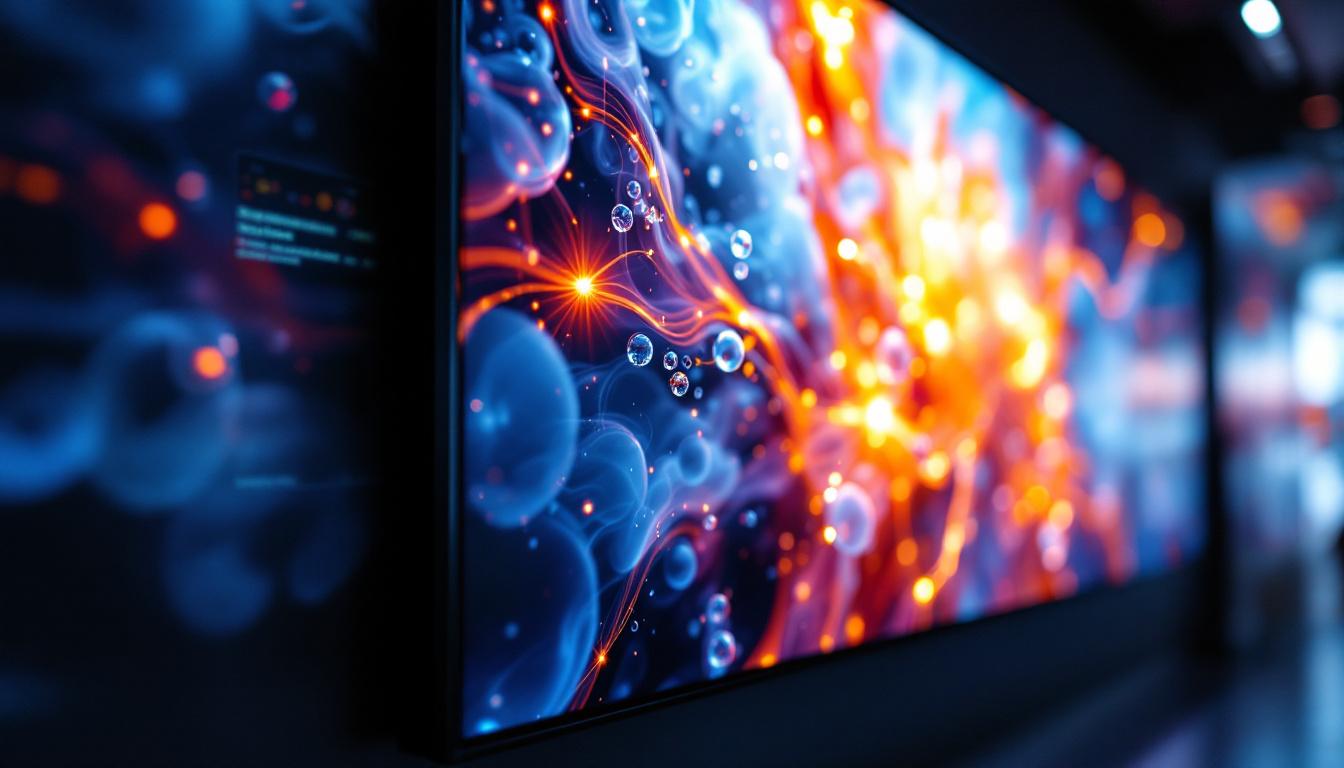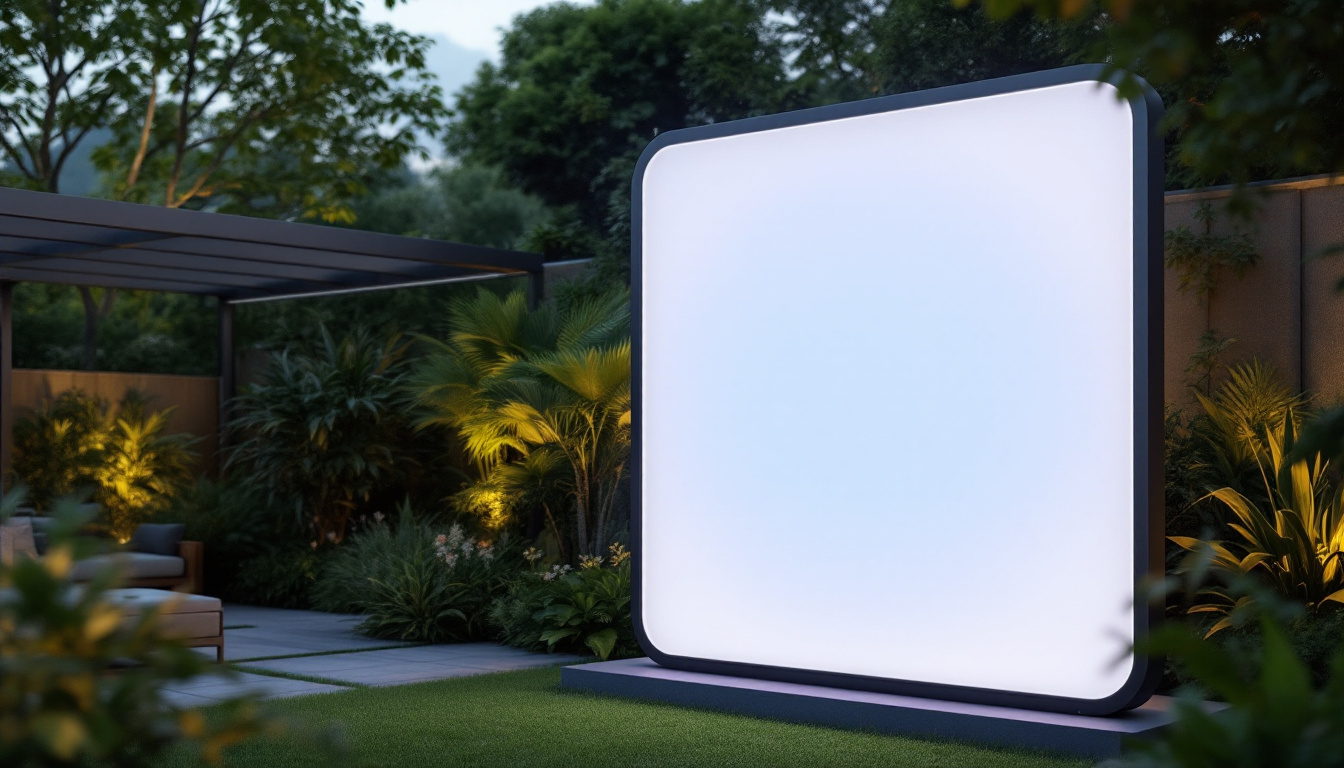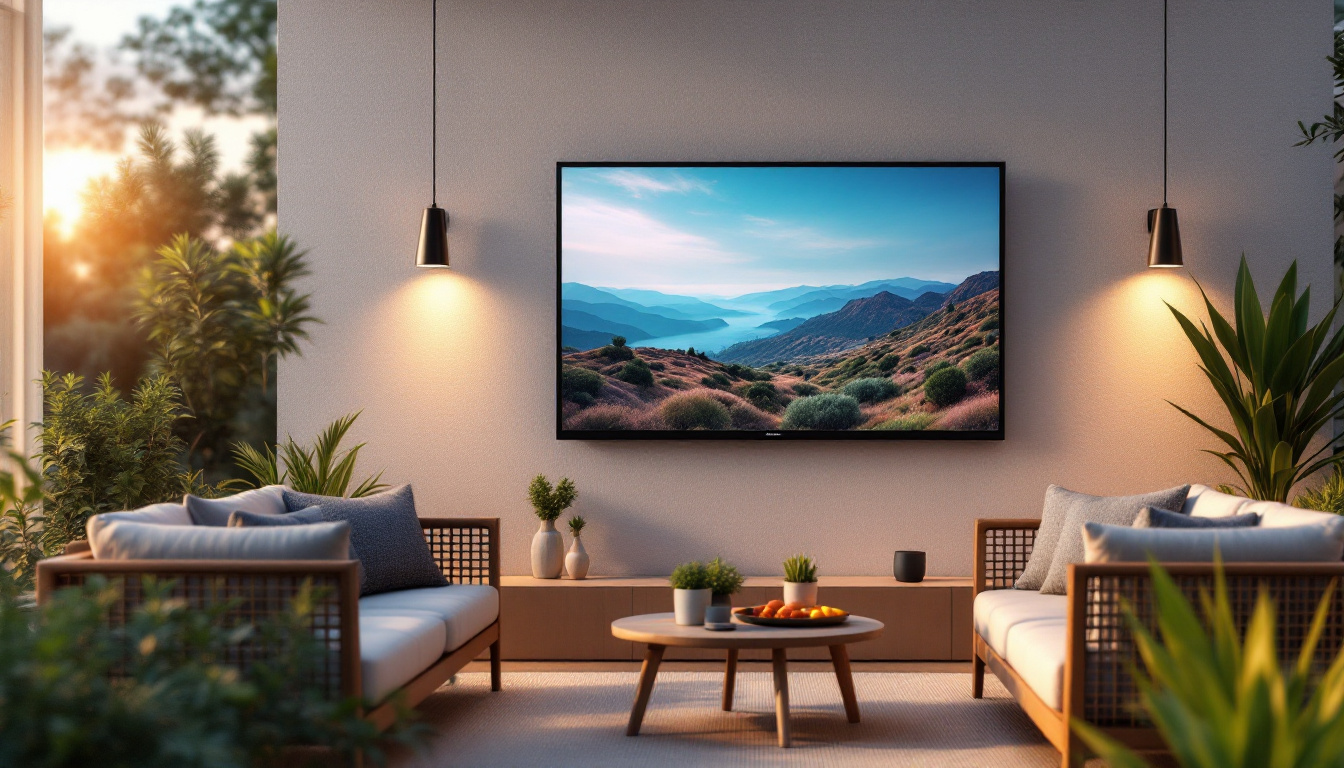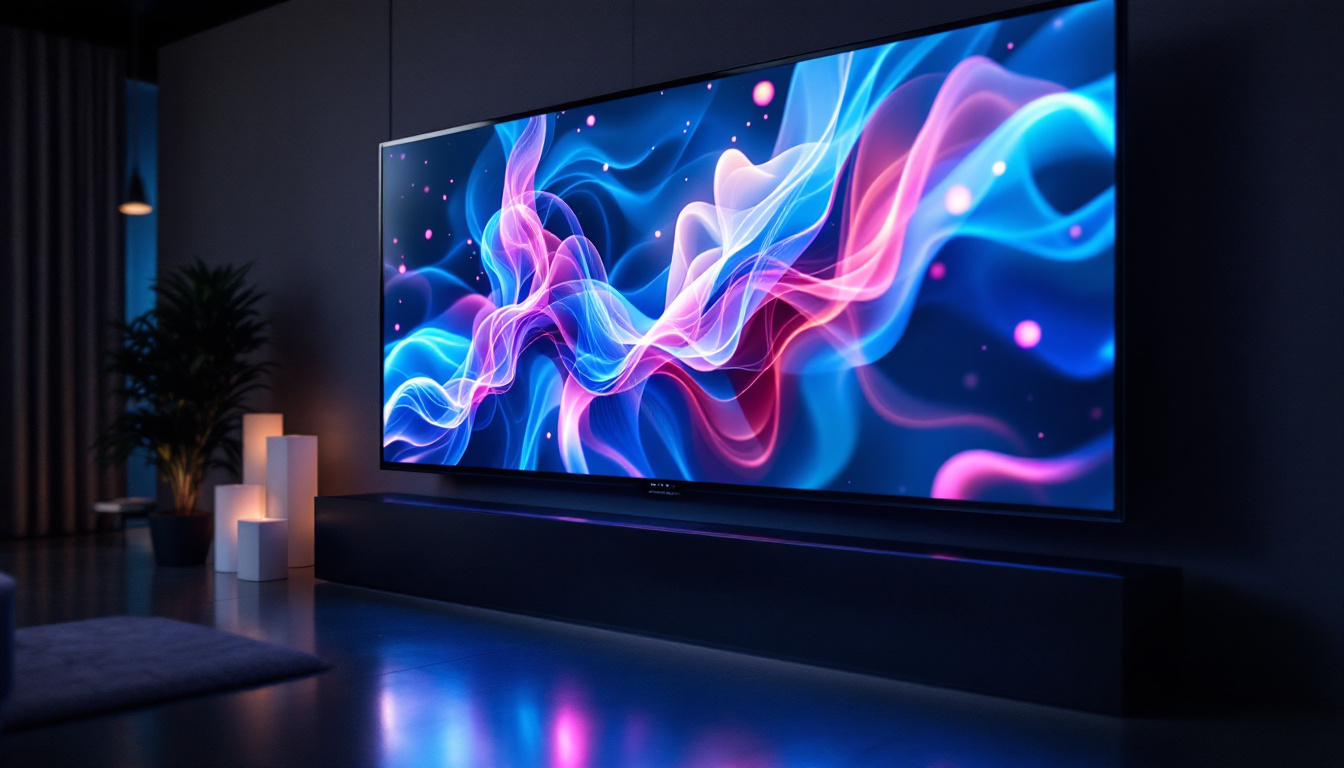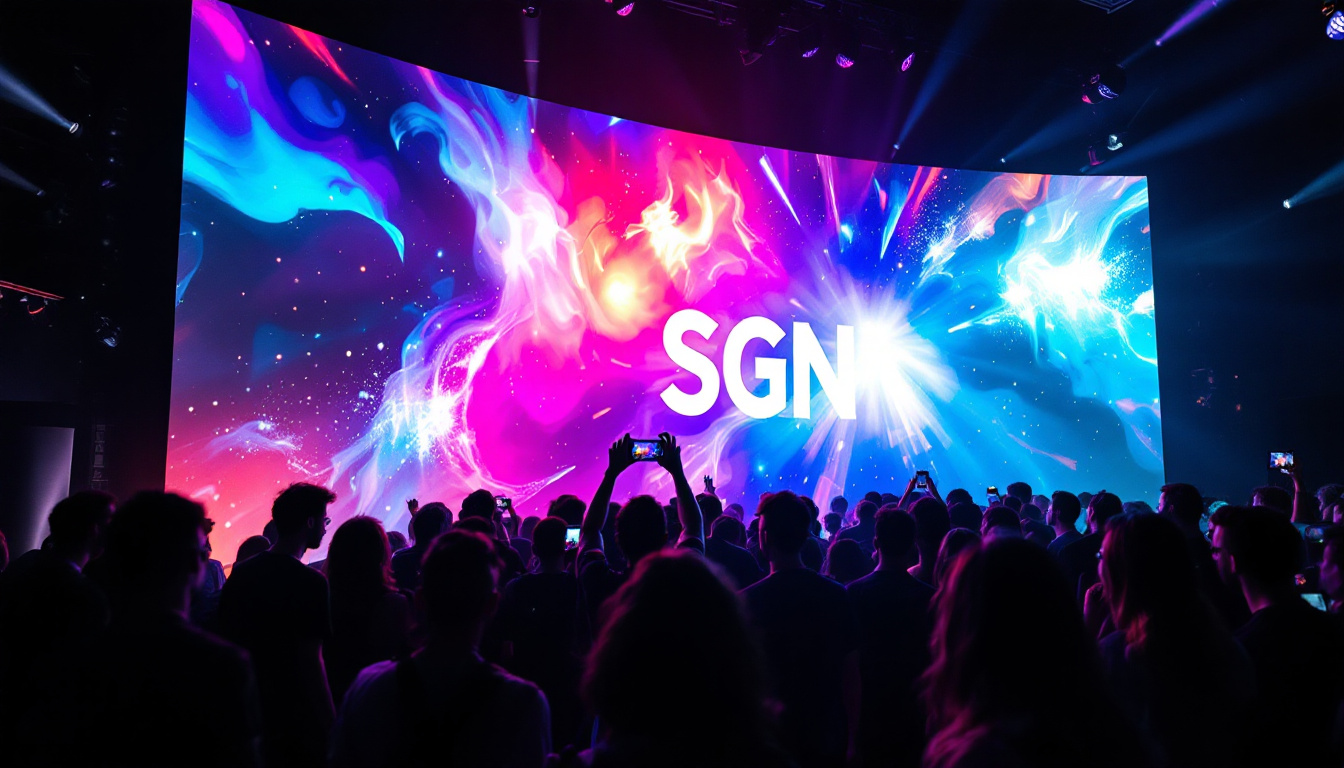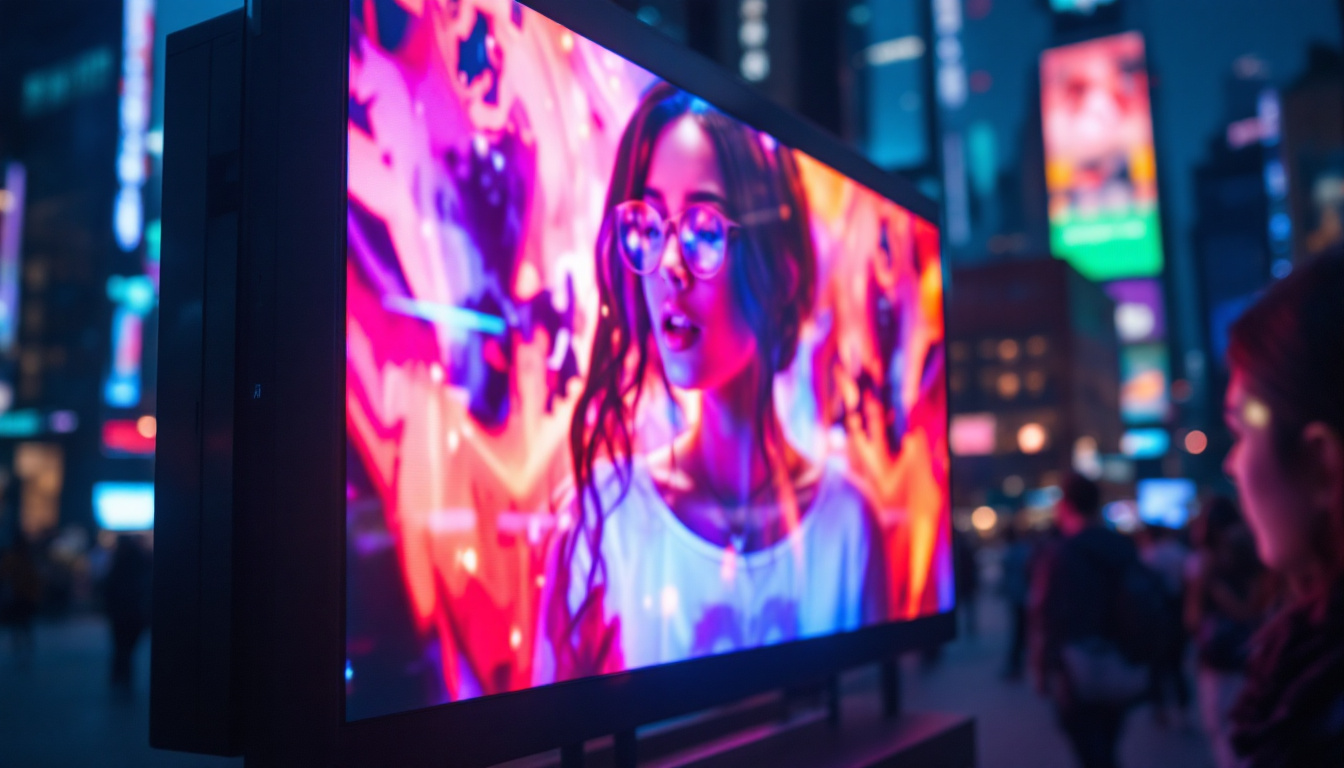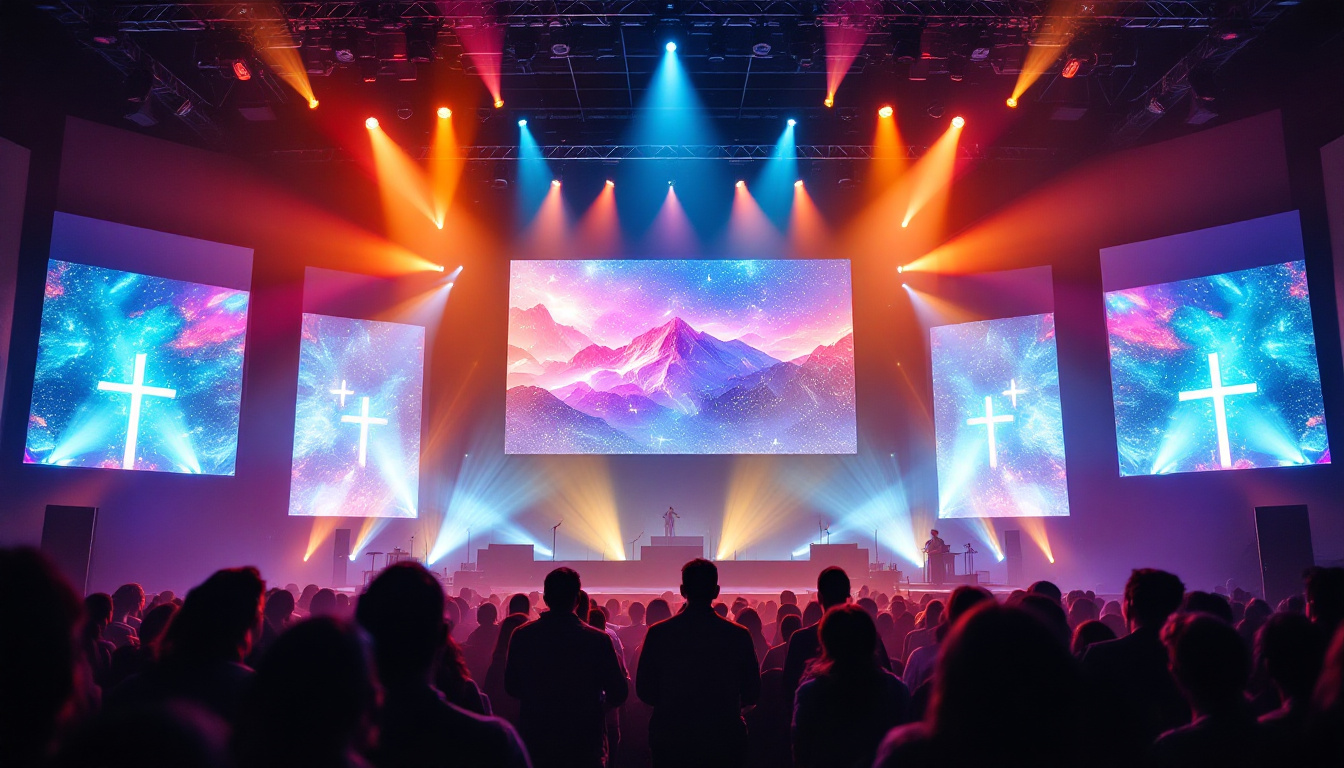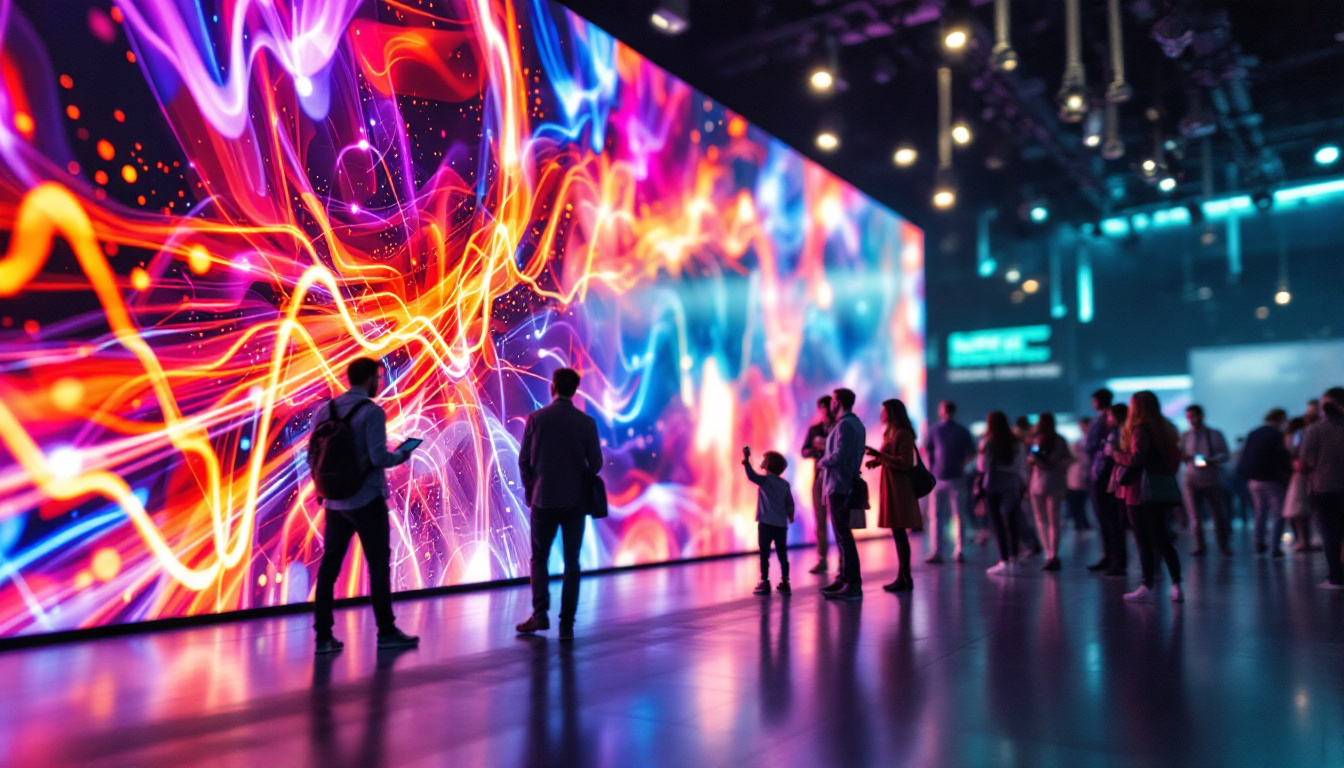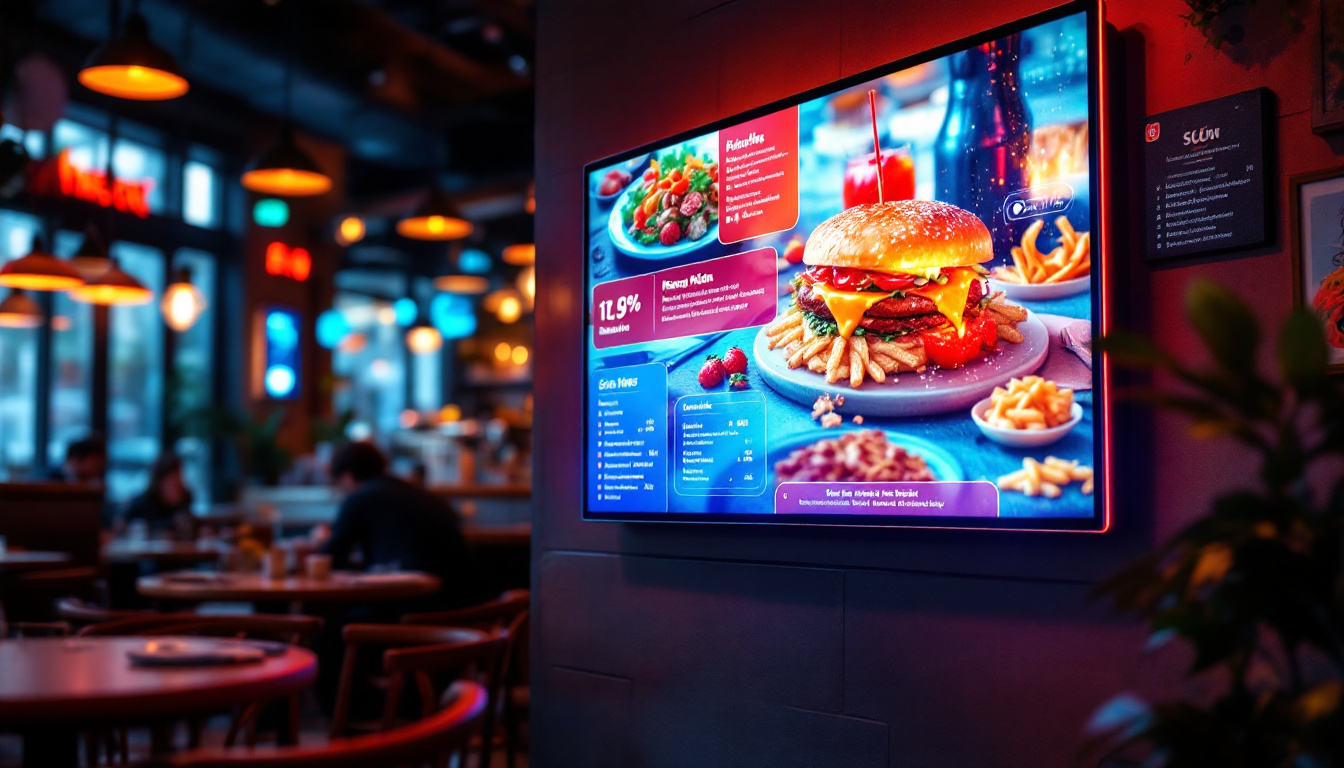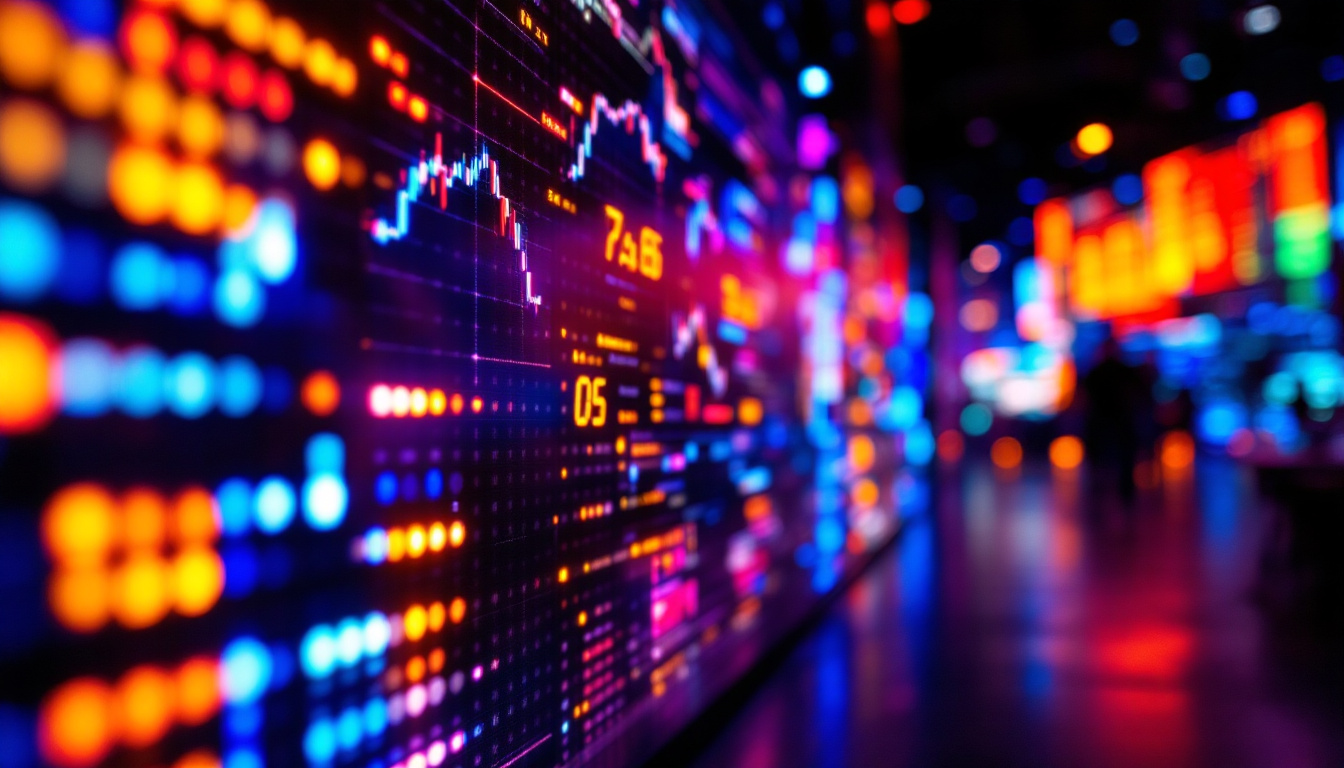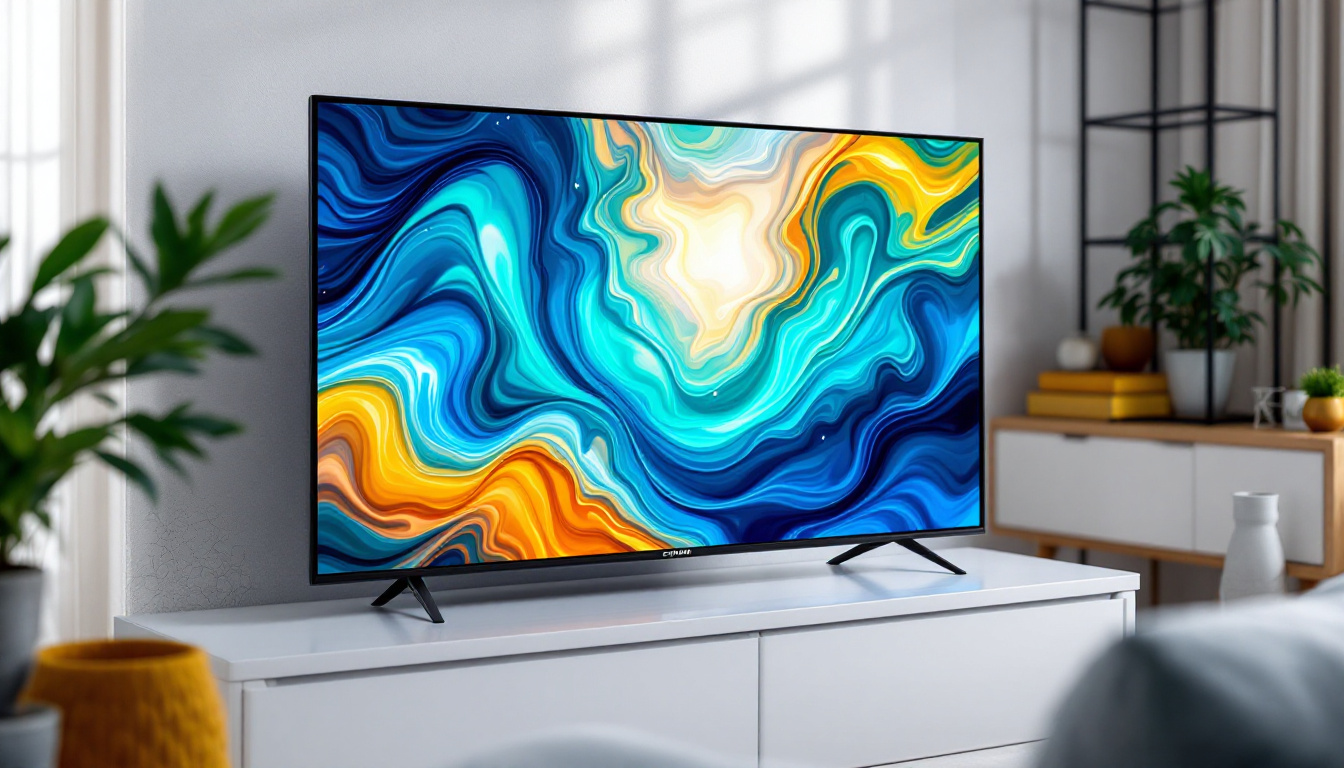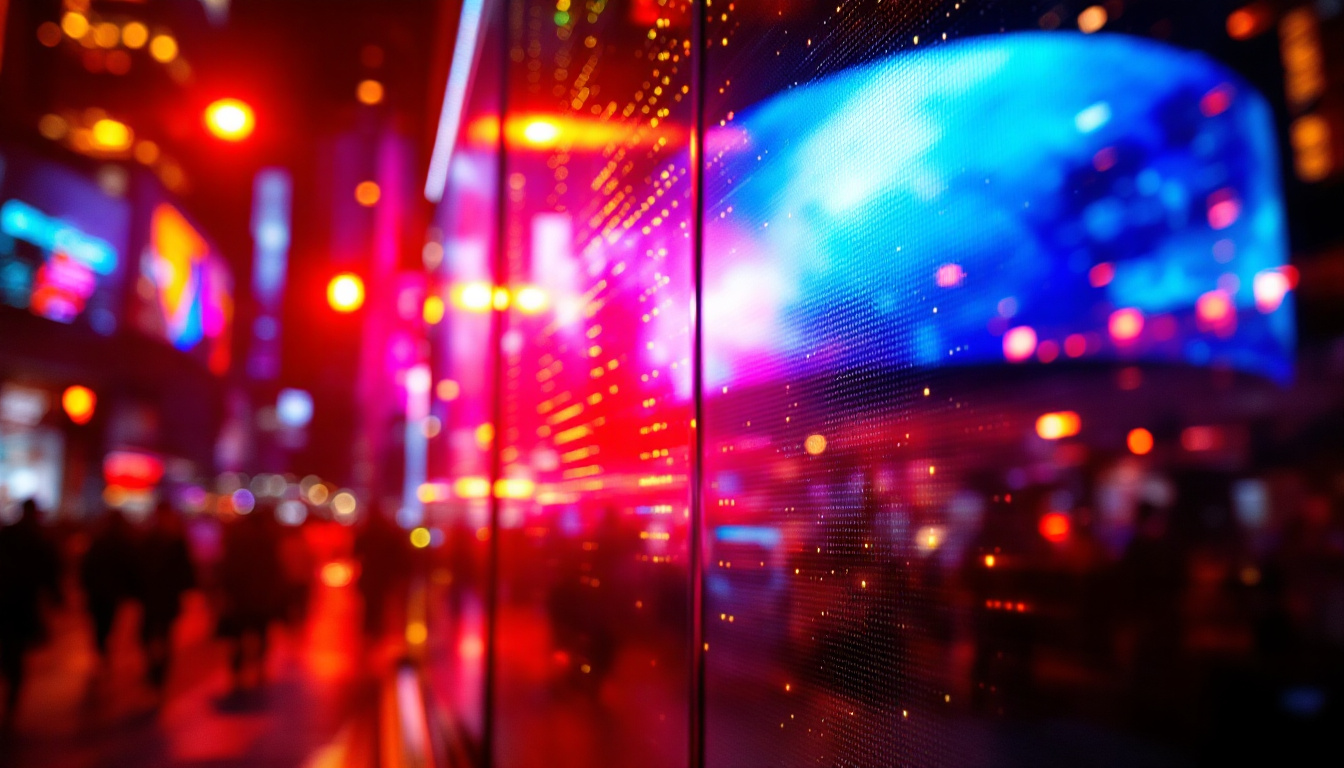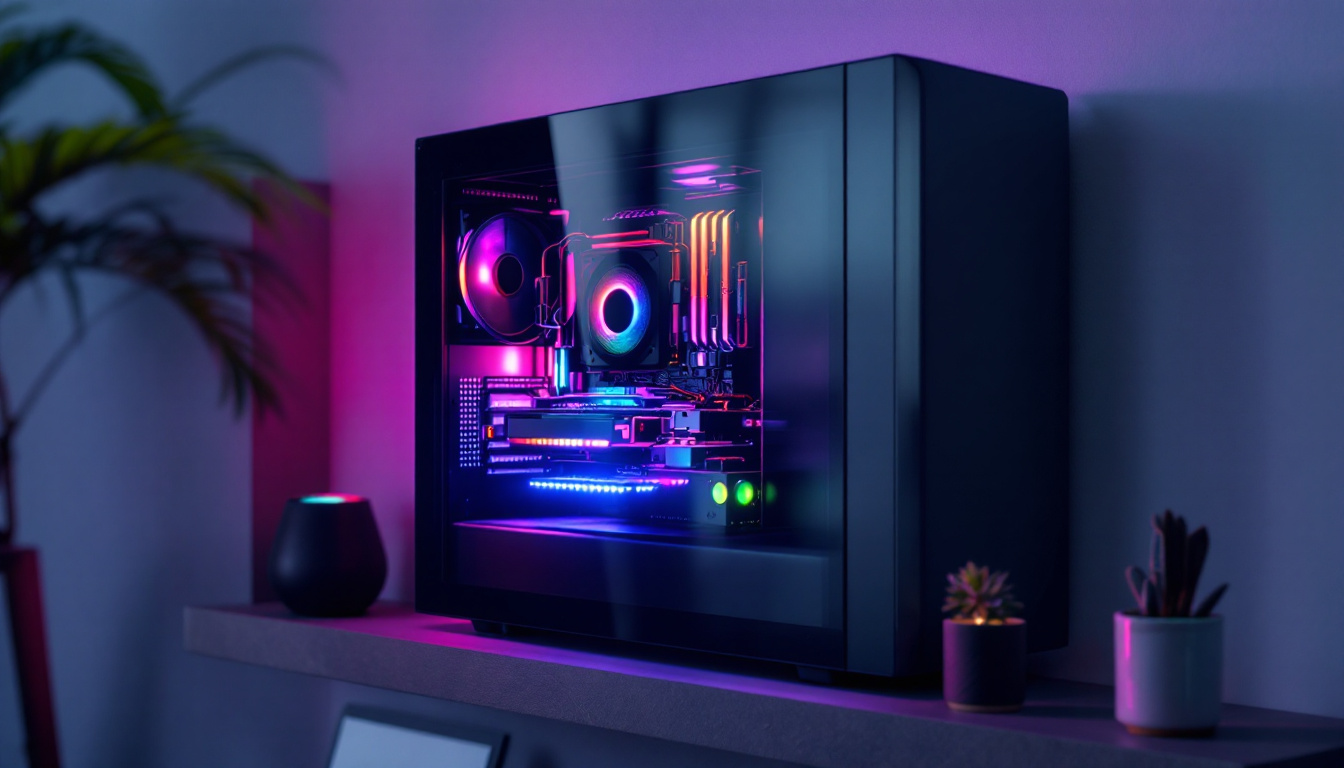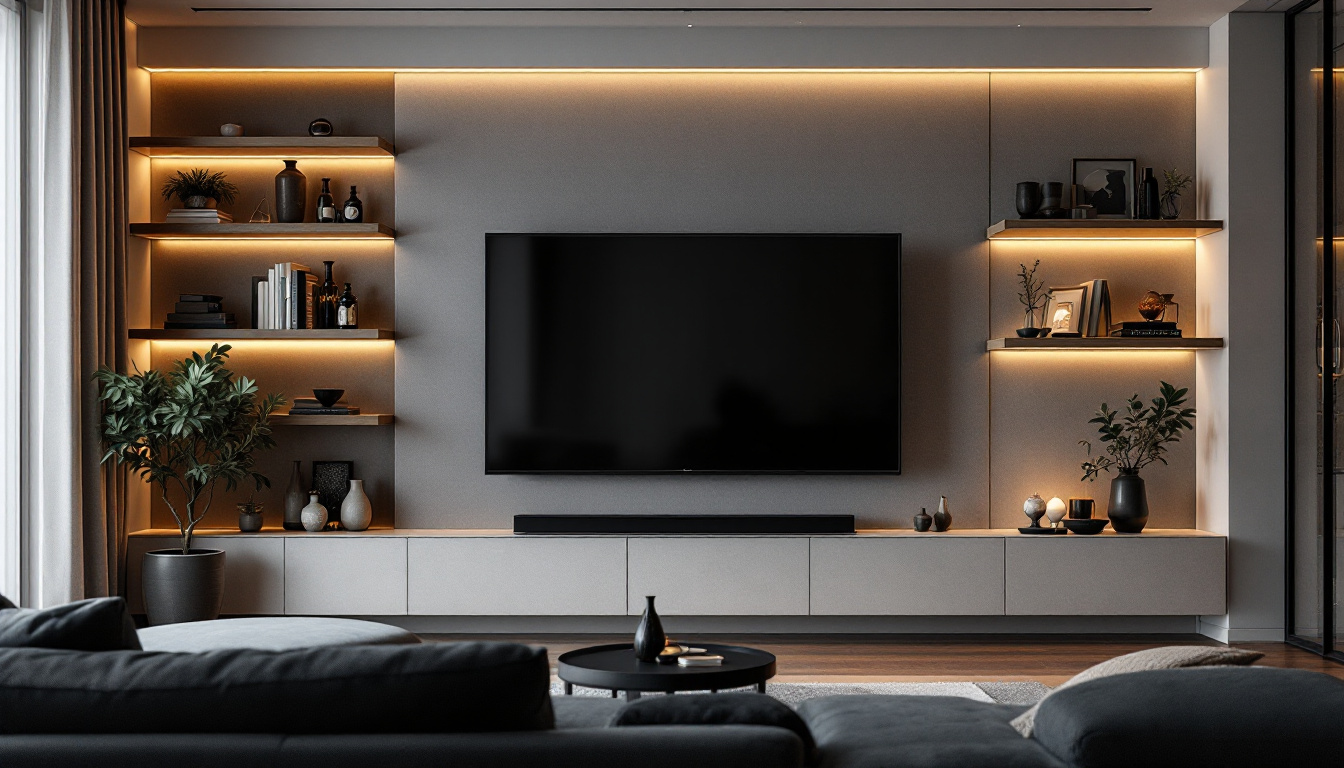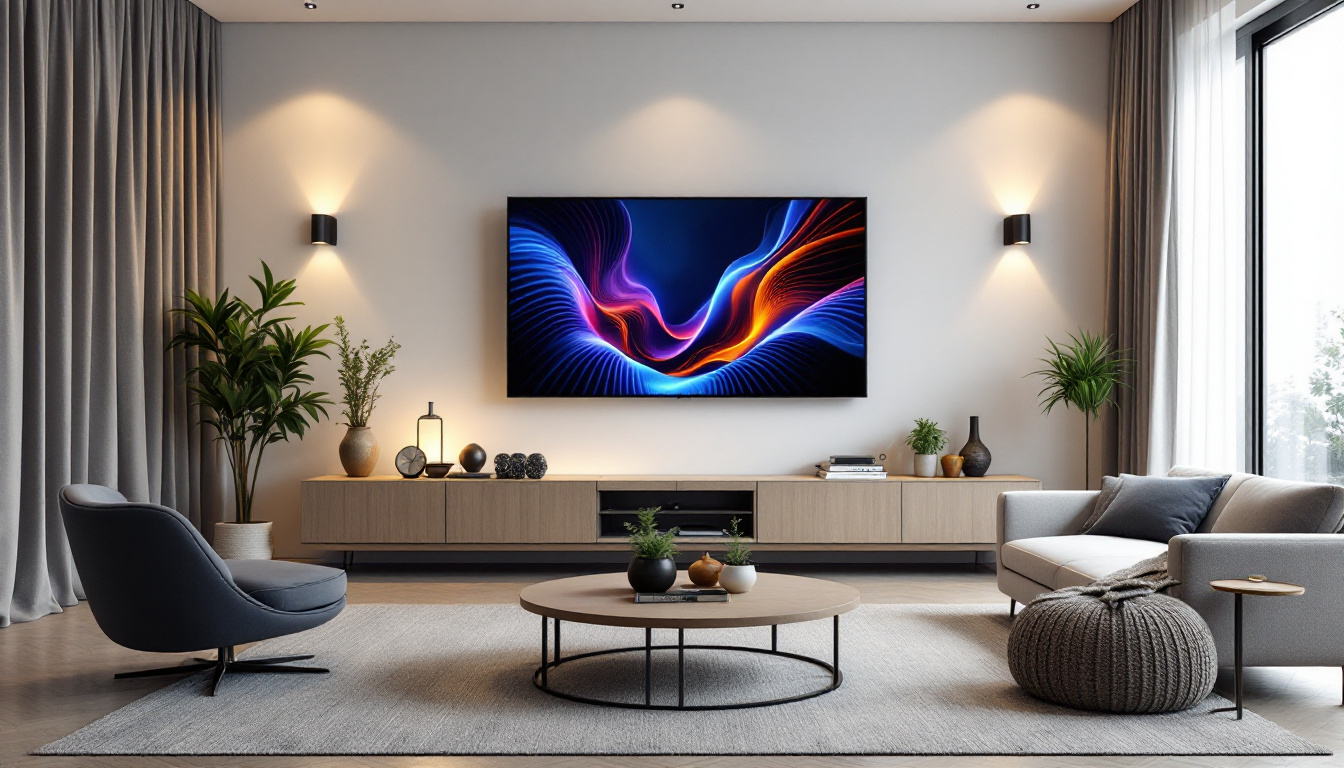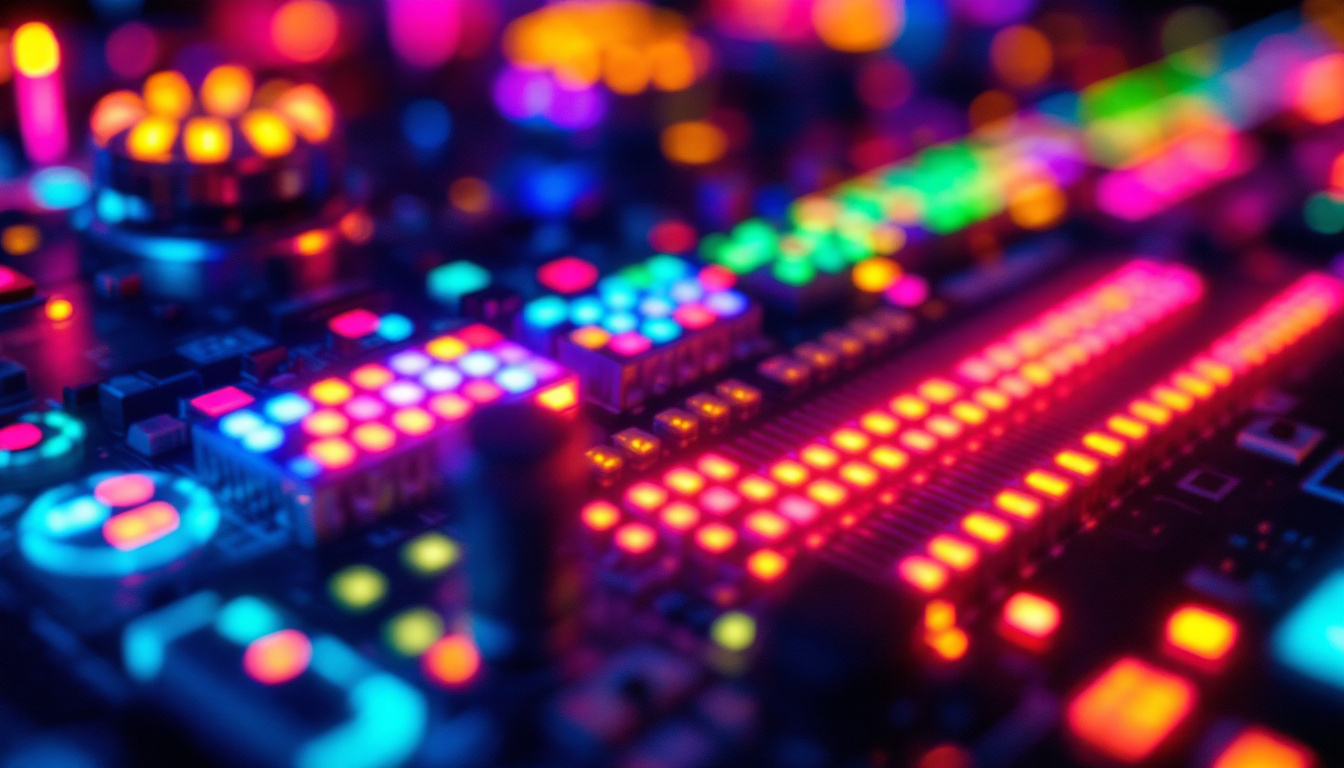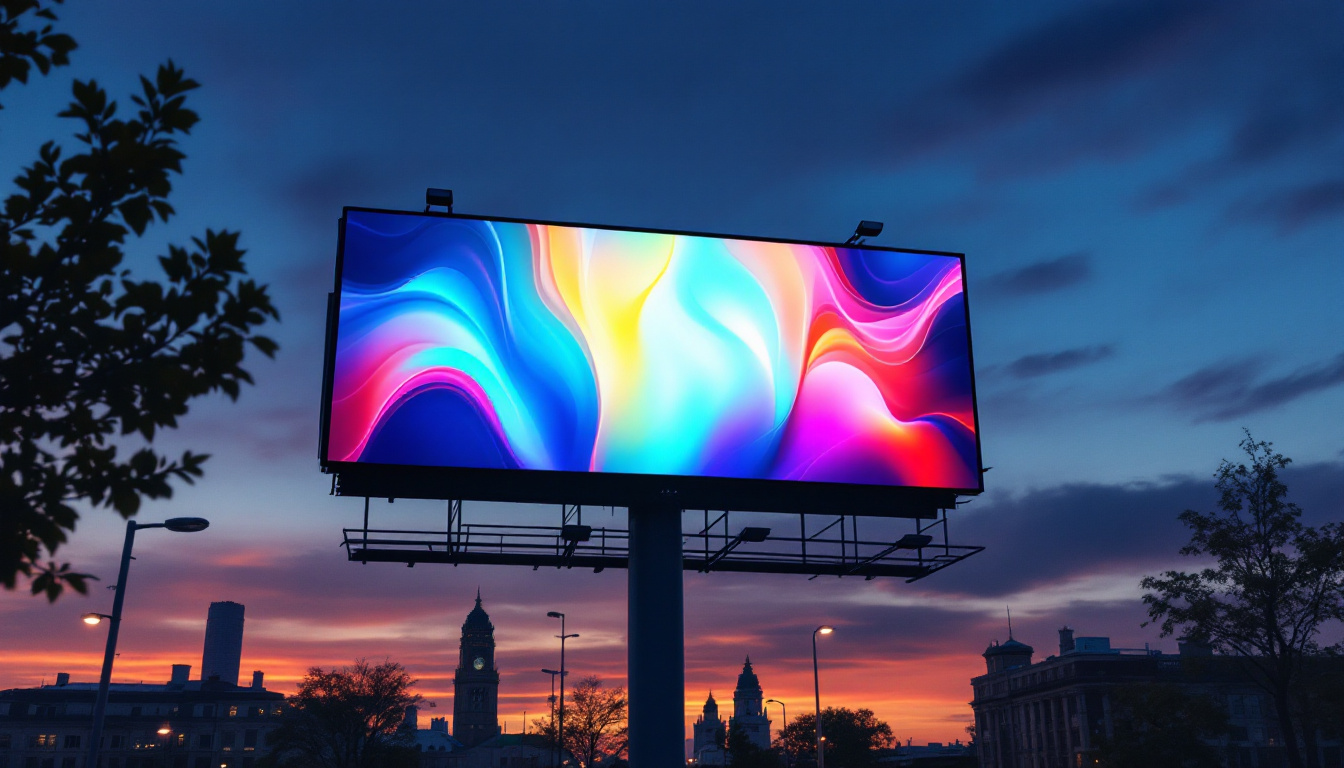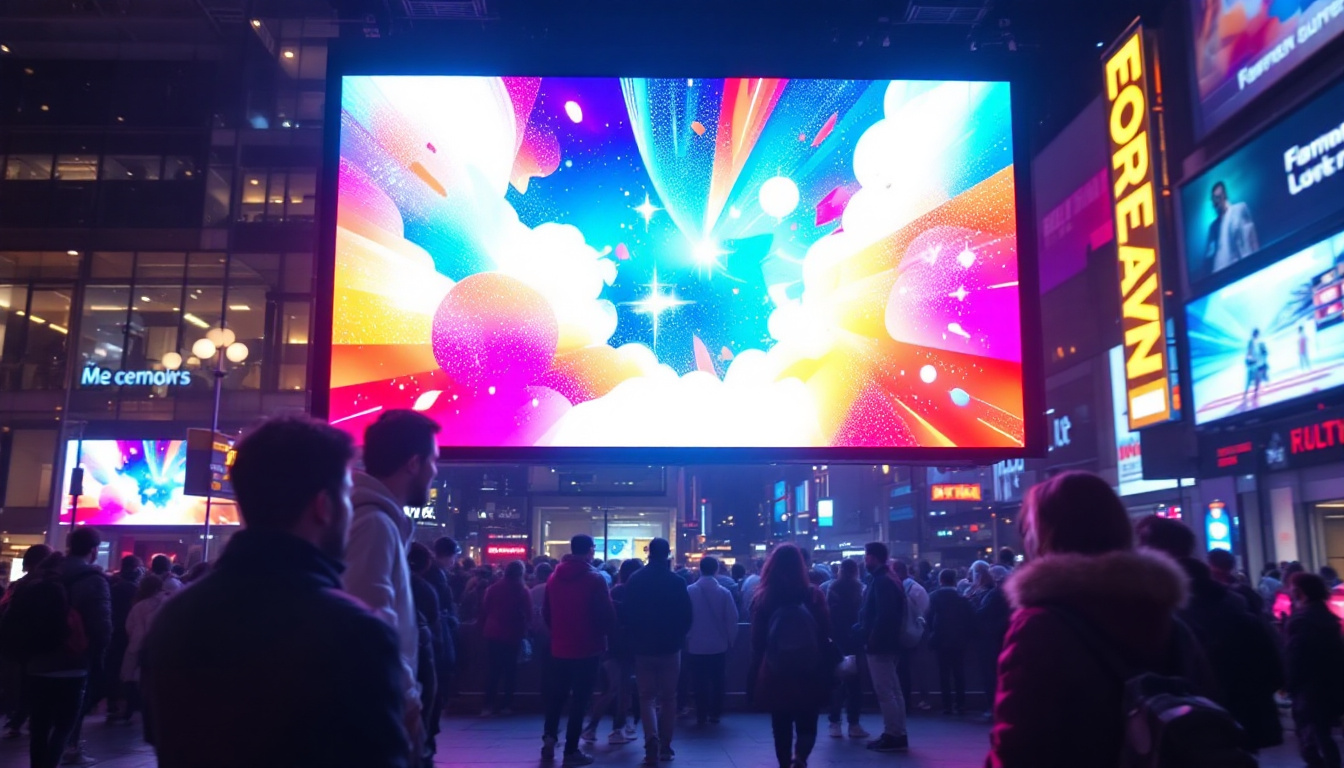In the rapidly evolving world of digital displays, LED technology has emerged as a leading solution for both professional and artistic applications. From massive outdoor billboards to intimate gallery installations, LED displays offer unparalleled brightness, color accuracy, and versatility. This article delves into the fundamentals of LED displays, their advantages, types, and why they have become the preferred choice for professional art display and digital signage.
Understanding LED Display Technology
LED stands for Light Emitting Diode, a semiconductor device that emits light when an electric current passes through it. LED displays are composed of thousands to millions of these tiny diodes arranged in a grid, which together create images and videos with vibrant colors and sharp detail. The evolution of LED technology has transformed the way we experience visual media, from the small screens on our mobile devices to massive billboards that light up cityscapes.
The core principle behind LED displays is the ability to control each diode individually, allowing for precise manipulation of brightness and color. This granular control is what enables LED screens to produce high-resolution images with excellent contrast ratios. Additionally, the energy efficiency of LED technology contributes to its widespread adoption, as it consumes significantly less power compared to traditional display technologies like LCD and CRT, making it an environmentally friendly choice.
How LED Displays Work
Each pixel on an LED display is typically made up of three sub-pixels: red, green, and blue (RGB). By varying the intensity of these sub-pixels, the display can reproduce a wide spectrum of colors. This process is called additive color mixing. The precision with which these colors can be mixed allows for the display of millions of different hues, enhancing the viewer’s experience with lifelike images and vibrant videos.
Modern LED displays use advanced driving electronics and software algorithms to manage the timing and intensity of each diode. This ensures smooth motion rendering and accurate color reproduction, which are critical for professional art presentations where visual fidelity is paramount. Furthermore, many LED displays incorporate features like high dynamic range (HDR) and wide color gamut (WCG) capabilities, pushing the boundaries of visual quality even further by providing deeper blacks and brighter highlights.
Types of LEDs Used in Displays
There are primarily two types of LEDs used in display technology: surface-mounted device (SMD) LEDs and through-hole LEDs. SMD LEDs are smaller, more energy-efficient, and capable of producing higher pixel densities, making them ideal for indoor and high-resolution displays. Through-hole LEDs, on the other hand, are larger and often used in outdoor displays due to their superior brightness and durability. This makes them particularly suitable for environments where sunlight can wash out other types of displays, ensuring that the content remains visible even in direct sunlight.
In addition to these two main types, there are also variations like organic light-emitting diodes (OLEDs) and quantum dot LEDs (QLEDs), which offer unique advantages. OLEDs, for instance, are known for their ability to achieve true blacks and have a wide viewing angle, making them popular in high-end televisions. QLEDs utilize quantum dots to enhance color accuracy and brightness, providing a different approach to LED technology that appeals to both consumers and professionals alike. As the technology continues to evolve, we can expect even more innovations that enhance the capabilities and applications of LED displays across various industries.
Advantages of LED Displays for Professional Art
LED displays have revolutionized the way art is exhibited and experienced. Their unique properties offer several advantages that traditional display methods cannot match.
Exceptional Brightness and Visibility
One of the most significant benefits of LED displays is their brightness. Unlike LCD or projection-based systems, LED screens can achieve brightness levels exceeding 1,000 nits, making them visible even in direct sunlight. This capability is crucial for outdoor art installations or gallery spaces with challenging lighting conditions.
Superior Color Accuracy and Contrast
Professional art demands accurate color representation to preserve the artist’s intent. LED displays provide a wide color gamut and high contrast ratios, often exceeding 5,000:1, ensuring that colors appear vivid and true to life. This is particularly important for digital reproductions of paintings, photographs, and multimedia art.
Flexible Size and Shape Options
LED displays can be manufactured in virtually any size or shape, from small tabletop screens to massive curved walls. This flexibility allows artists and curators to design immersive environments and dynamic exhibitions that engage audiences in novel ways.
Energy Efficiency and Longevity
Compared to other display technologies, LEDs consume less power and have longer lifespans, often exceeding 100,000 hours of operation. This reduces maintenance costs and environmental impact, making LED displays a sustainable choice for long-term art installations.
Types of LED Displays in Professional Art Settings
Different types of LED displays serve various artistic needs, each with unique characteristics suited to specific environments and applications.
Indoor LED Displays
Indoor LED displays are designed for controlled lighting environments such as galleries, museums, and exhibition halls. They typically feature high pixel density (pixel pitch as low as 0.9mm) to deliver sharp images at close viewing distances. Their compact design and lightweight construction make them easy to install and integrate into existing spaces.
For example, a contemporary art museum might use indoor LED walls to showcase digital art or interactive installations that respond to visitor movement or sound.
Outdoor LED Displays
Outdoor LED displays are built to withstand harsh weather conditions, including rain, wind, and extreme temperatures. They offer higher brightness levels (up to 8,000 nits or more) to remain visible in daylight and often include protective coatings to prevent damage from UV exposure and dust.
These displays are ideal for public art projects, large-scale murals, or advertising campaigns that require maximum visibility and durability.
Transparent LED Displays
Transparent LED displays combine the benefits of LED technology with see-through panels, allowing light and visibility to pass through the screen. This innovation enables artists to create layered visual effects and integrate digital content without obstructing architectural features or natural light.
Retail stores and art galleries use transparent LED displays to create captivating window installations that attract passersby while maintaining an open, airy atmosphere.
Flexible and Curved LED Displays
Flexible LED panels can be bent or curved to fit unconventional surfaces, opening new possibilities for immersive art experiences. These displays can wrap around columns, ceilings, or irregular shapes, transforming spaces into dynamic canvases.
Artists and designers leverage this technology to create installations that challenge traditional flat-screen presentations, offering viewers a more engaging and interactive encounter.
Key Considerations When Choosing an LED Display for Art
Selecting the right LED display for professional art involves evaluating several critical factors to ensure the technology complements the artistic vision and practical requirements.
Resolution and Pixel Pitch
Resolution determines the clarity and detail of the displayed image. Pixel pitch, measured in millimeters, indicates the distance between individual LED pixels. Smaller pixel pitches result in higher resolution and sharper images, which is essential for close-up viewing in galleries.
For large-scale outdoor installations viewed from a distance, a larger pixel pitch may suffice, balancing cost and visual quality.
Color Calibration and Uniformity
Maintaining consistent color across the entire display is vital for professional art. Advanced LED displays come with built-in calibration tools and software to ensure uniform brightness and color accuracy, preventing discrepancies that could detract from the artwork’s impact.
Viewing Angle
Wide viewing angles are important to accommodate multiple viewers and varied gallery layouts. High-quality LED displays maintain color and brightness consistency even when viewed from sharp angles, enhancing accessibility and engagement.
Installation and Maintenance
Considerations such as ease of installation, modularity, and maintenance accessibility can affect the long-term usability of an LED display. Modular designs allow for easier repairs and upgrades, which is advantageous for permanent art installations.
Budget and Total Cost of Ownership
While LED displays can represent a significant upfront investment, their durability, energy efficiency, and low maintenance costs often result in a favorable total cost of ownership. It is important to balance initial expenses with long-term benefits when planning an art display project.
Real-World Applications and Case Studies
LED displays have been successfully integrated into numerous art projects and exhibitions worldwide, demonstrating their versatility and impact.
Digital Art Exhibitions
Museums and galleries increasingly use LED walls to present digital art that incorporates motion, interactivity, and multimedia elements. For instance, large LED installations have been featured in renowned art festivals, allowing artists to experiment with scale and light in ways traditional media cannot achieve.
Public Art and Urban Installations
Cities around the globe have embraced LED technology to create dynamic public art that interacts with the environment and community. LED murals and sculptures often incorporate real-time data, such as weather or social media feeds, making art a living, evolving experience.
Retail and Commercial Spaces
Retailers and commercial venues use LED displays to enhance visual merchandising and brand storytelling. Artistic content displayed on LED screens can transform storefronts and interiors, creating immersive brand experiences that captivate customers.
The Future of LED Displays in Art
As LED technology continues to advance, new possibilities emerge for artists and curators. Innovations such as microLEDs, which offer even higher resolution and brightness with lower power consumption, promise to push the boundaries of digital art further.
Additionally, integration with augmented reality (AR) and artificial intelligence (AI) is opening new frontiers for interactive and personalized art experiences. LED displays will play a central role in these developments, offering flexible, high-quality platforms for creative expression.
Sustainability and Environmental Impact
With growing emphasis on sustainability, LED displays are becoming more eco-friendly through improved energy efficiency and recyclable materials. Artists and institutions are increasingly prioritizing green technologies, making LED displays a responsible choice for future art installations.
Enhanced Interactivity and Immersion
Future LED displays will likely incorporate advanced sensors and responsive technologies, enabling artworks to adapt dynamically to audience presence and behavior. This interactivity enhances engagement and creates personalized experiences that resonate deeply with viewers.
Conclusion
LED displays represent a transformative technology in the realm of professional art display. Their exceptional brightness, color accuracy, flexibility, and durability make them ideal for a wide range of artistic applications—from intimate gallery settings to expansive public installations.
By understanding the technical aspects and practical considerations of LED displays, artists, curators, and institutions can leverage this technology to create compelling, immersive, and sustainable art experiences that captivate audiences and push creative boundaries.
Discover LumenMatrix LED Display Solutions
Ready to elevate your art displays with cutting-edge LED technology? LumenMatrix is at the forefront of innovation, offering a diverse range of LED display modules designed to bring your creative visions to life. Whether you need an Indoor LED Wall Display for your gallery, a vibrant Outdoor LED Wall Display for public installations, or any of our specialized solutions like Vehicle LED Displays and Transparent LED Displays, we have you covered. Experience the future of visual communication and transform your space with LumenMatrix. Check out LumenMatrix LED Display Solutions today and see the difference for yourself.

